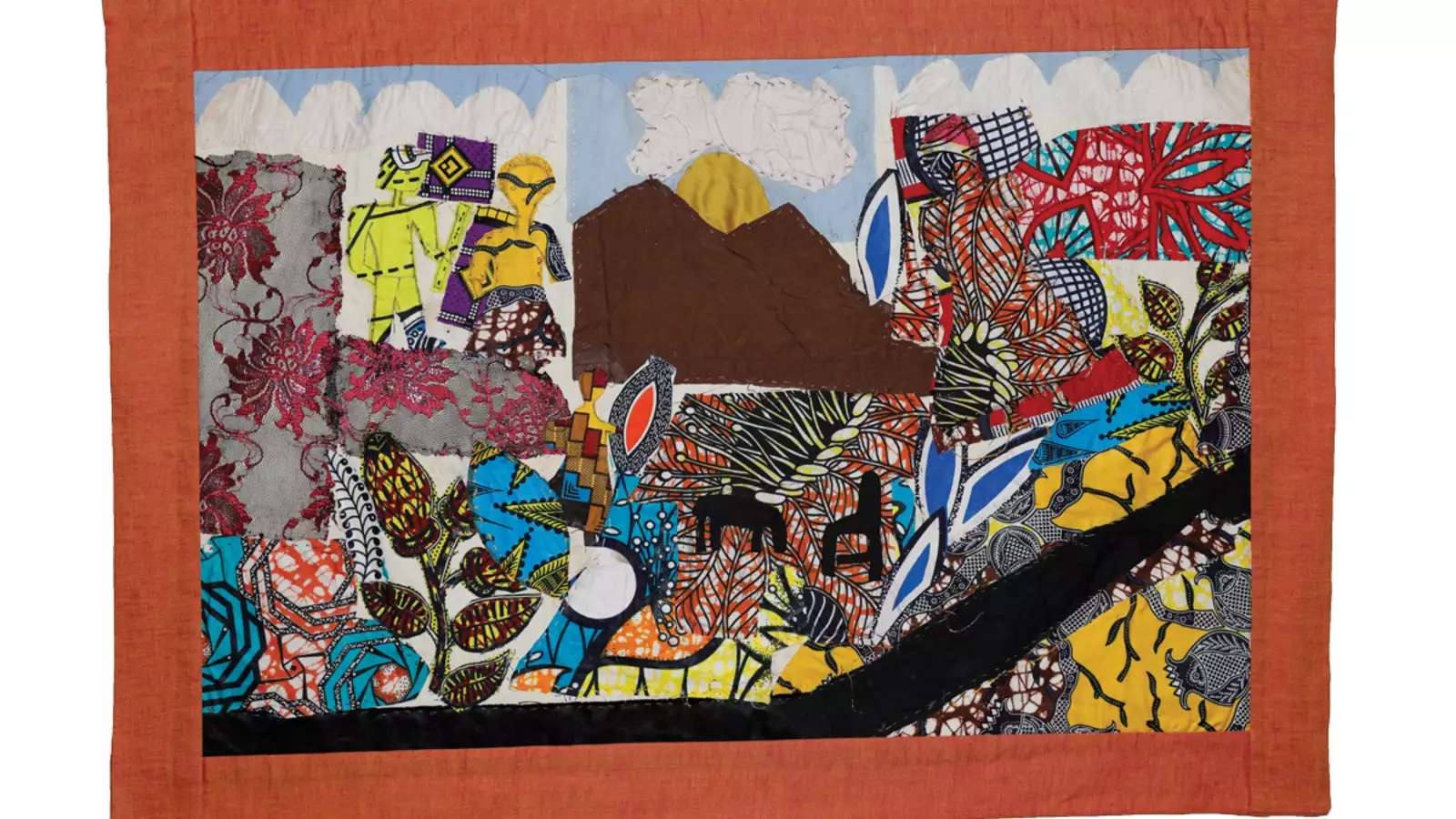
With the Women in Agency Festival, La Femme Theatre Productions founder Jean Lichty ’81 gives recent Barnard grads a powerful platform for original work

In 2010, Rachel Cohen ’77, a clinical psychologist, was living abroad in Geneva, Switzerland, when she received an email that would set her on a new path. A friend, Cohen learned, would be curating an exhibition on the work of the late artist Esther Nisenthal Krinitz, who had expressed her experiences of the Holocaust through embroidered fabrics. Struck by Krinitz’s powerful images, Cohen, who was taking a course with the Harvard Program in Refugee Trauma at the time, mentioned them during an online discussion with her classmates. She was swiftly inundated with similar examples from around the world, including a photo of a Hmong woman holding a textile depicting her family’s flight from Laos to Australia during the Vietnam War.
“It seemed to me,” Cohen says, “that [these cloths] might be an amazing tool for trauma therapy to use in order to access the stories that people have a great deal of trouble disclosing at all — or accessing for themselves.”
For centuries, women have embroidered textiles — or “story cloths” — to document everyday life and the more tumultuous narratives of war, migration, and violence. The Hmong, for instance, have a folk tradition called paj ntaub, meaning “flowery cloth,” an art form that was later adapted to record their exodus from Laos in the mid-1970s. In Chile, during the Augusto Pinochet dictatorship (1973-1990), women sewed patchwork arpilleras to silently record the atrocities taking place inside the country.
Cohen started to investigate ways to integrate story cloths into different approaches to trauma therapy. The standard school of thought tends to be verbally oriented. Cohen observed, however, that these therapies leave out where trauma lives: in visual images and in physical sensations. A story cloth could provide a channel for women to log their memories and emotions in a way that defies words. What’s more, the rhythmic effect of stitching could help the women maintain a sense of calm in a different way than the standard art therapies.
In 2012, Cohen founded the Common Threads Project (CTP), a nonprofit that fosters trauma healing for survivors of sexual and gender-based violence through the creation of story cloths. Since its inception, approximately 300 women have participated in the program in Bosnia and Herzegovina, the Democratic Republic of Congo, Ecuador, and Nepal. During the six-month program, women take part in “healing circles” in which clinicians — trained, mentored, and supervised by CTP — guide them through team building and help them develop coping skills to manage severe distress. Alongside other women, participants engage in art therapy exercises, undergo body work such as somatic therapy, and learn basic sewing techniques (often with the help of local craftspeople) to embroider the fabrics.
While the circle conversations are an integral part of the program, much of the work is nonverbal as women unpack their suffering and loss through stitching. “We’re finding that survivors who can’t speak about [their trauma] can draw it and sew it,” Cohen says. “Women need each other to create a new narrative about what has happened to them to replace the self-blame and guilt with a sense of solidarity and pride.”
The resulting cloths are intricately made and often infused with vibrant colors and patterns, despite the somber narratives that they tell: scenes of fleeing refugees, rape, bloodshed, and more. Some incorporate a bit of text; others rely simply on imagery. Upon completion, women can choose to keep their story cloths private or have them displayed at their local circle and at other local events or as part of online exhibitions, like CTP’s current one, “The Fabric of Healing.”
The goal of the therapy is enduring, transformative healing — something Cohen says CTP has been able to successfully measure through a reduction of mental health symptoms such as depression, anxiety, and PTSD. These indicators, coupled with the written testimonies from the program’s participants, are evidence of this art form’s power.
In September 2019, Cohen traveled to the Democratic Republic of Congo to meet with a healing circle known as Kamba Moja. When she arrived, the women greeted her with a warm welcome and showed her some of their collectively made story cloths. One, titled This Is What We Will No Longer Tolerate, is a profusion of colors and patterns around a backdrop of brown mountains meant to illustrate the exploitative and often violent conditions of their work in gold mines. “We want you to take this with you,” the woman said, according to Cohen. “We need people back in America to know what’s going on back here. And we need to tell our story.”
To explore more story cloths, visit the online exhibition “The Fabric of Healing,” which features 22 story cloths made by women in Bosnia and Herzegovina, the Democratic Republic of Congo, Ecuador, and Nepal. Commonthreadsproject.org/the-fabric-of-healing